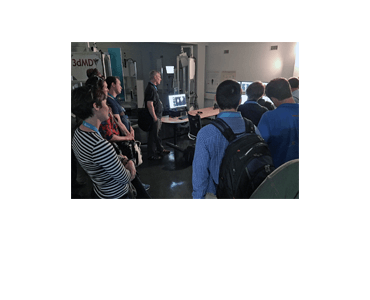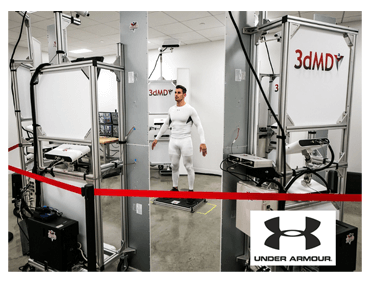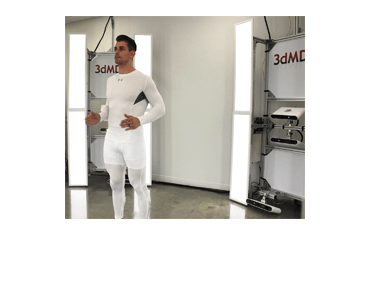Heritability maps of human face morphology through large-scale automated three-dimensional phenotyping. D Tsagkrasoulis, P Hysi, T Spector, G Montana.
Date: August 2016 Source: ResearchGate Abstract: The human face is a complex trait under strong genetic control, as evidenced by the striking visual similarity between twins. Nevertheless, heritability estimates of facial traits have often been surprisingly low or difficult to replicate. Furthermore, the construction of facial phenotypes that correspond to naturally perceived facial features remains…









